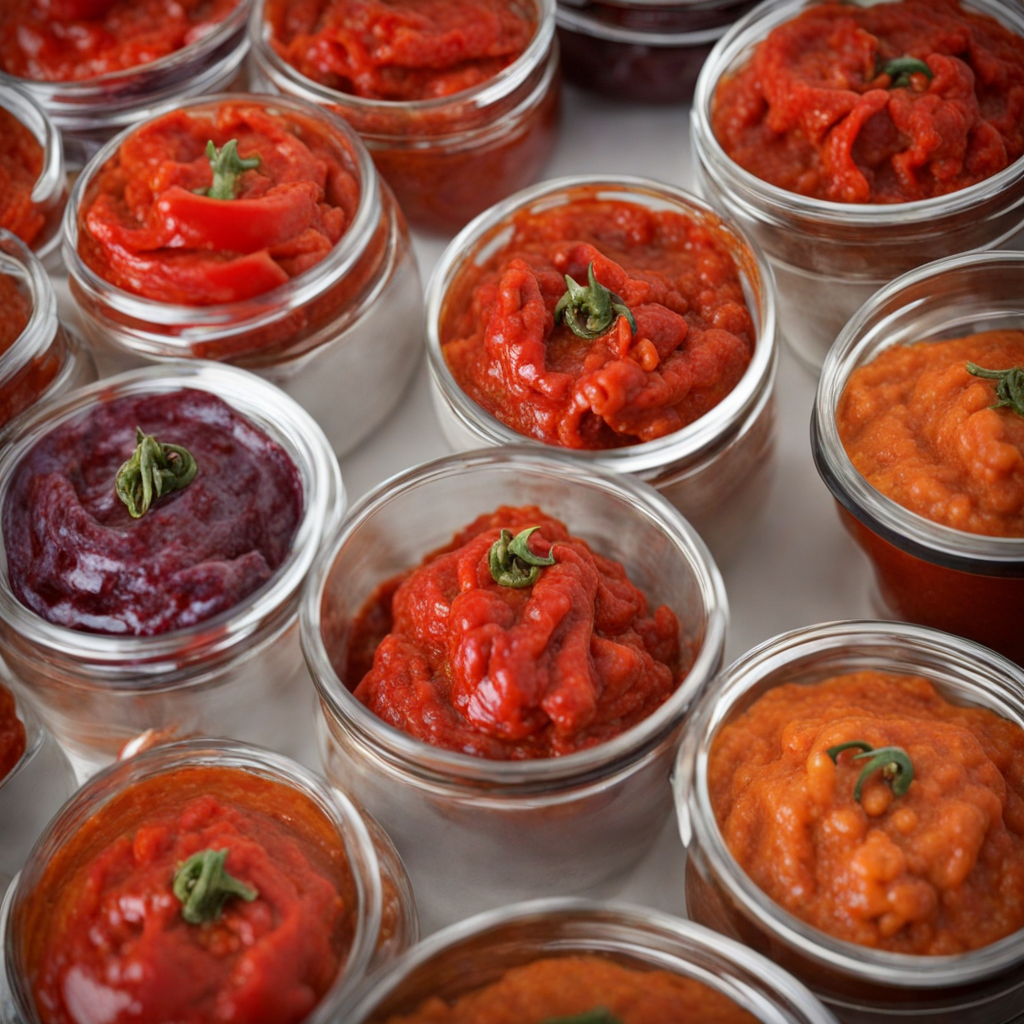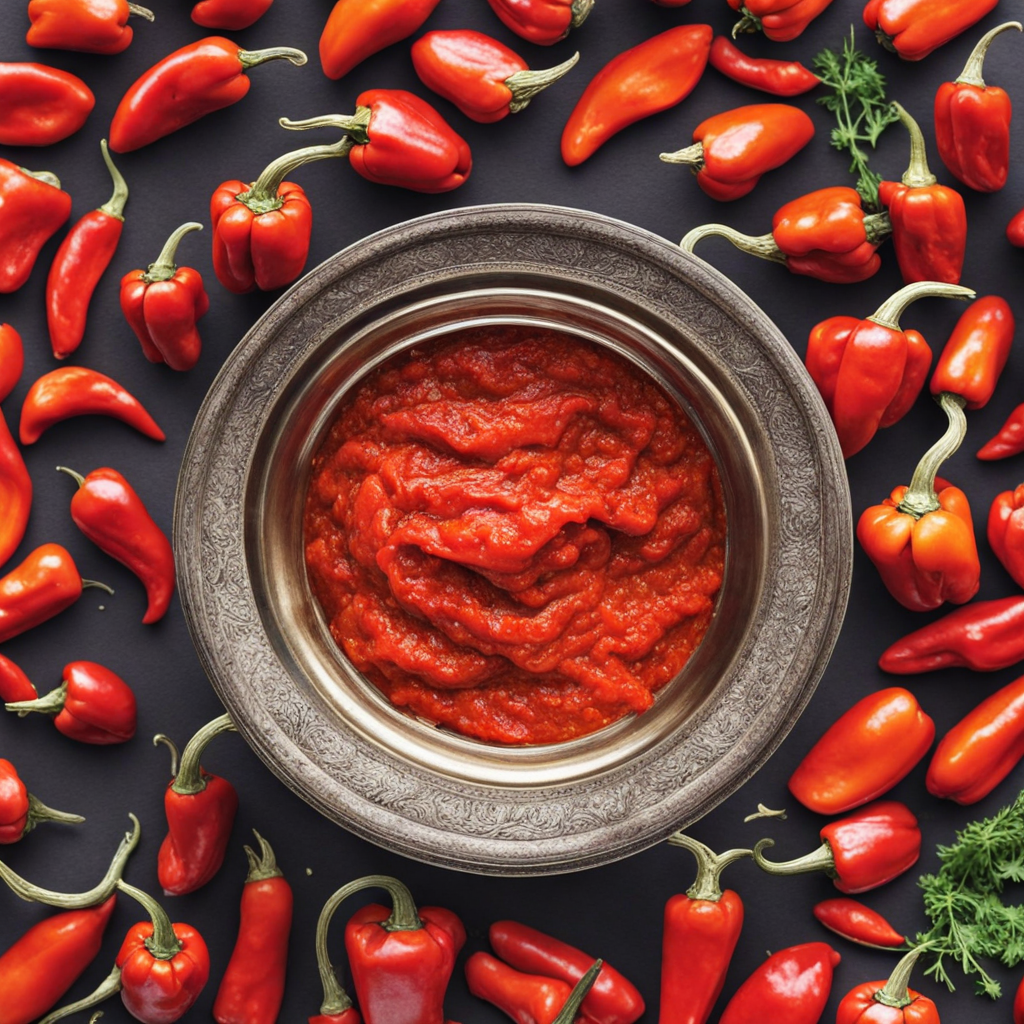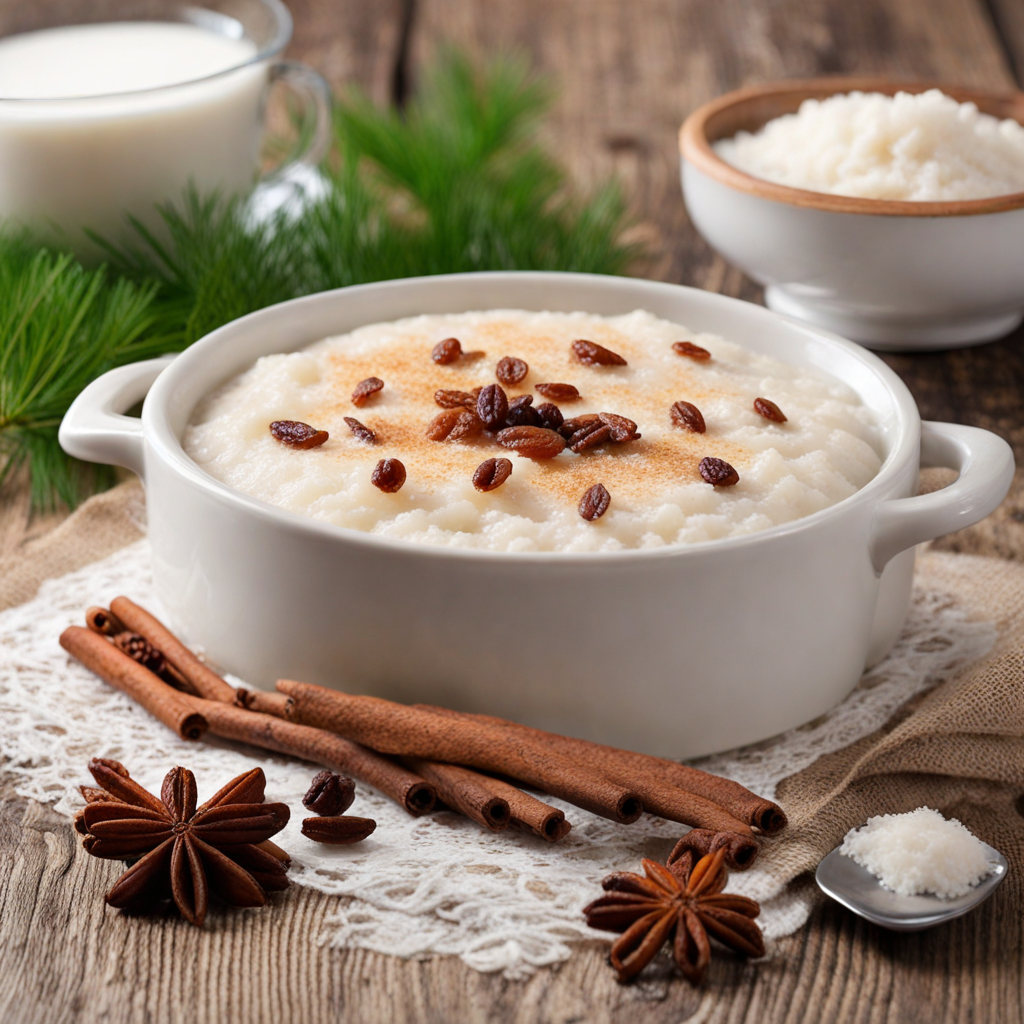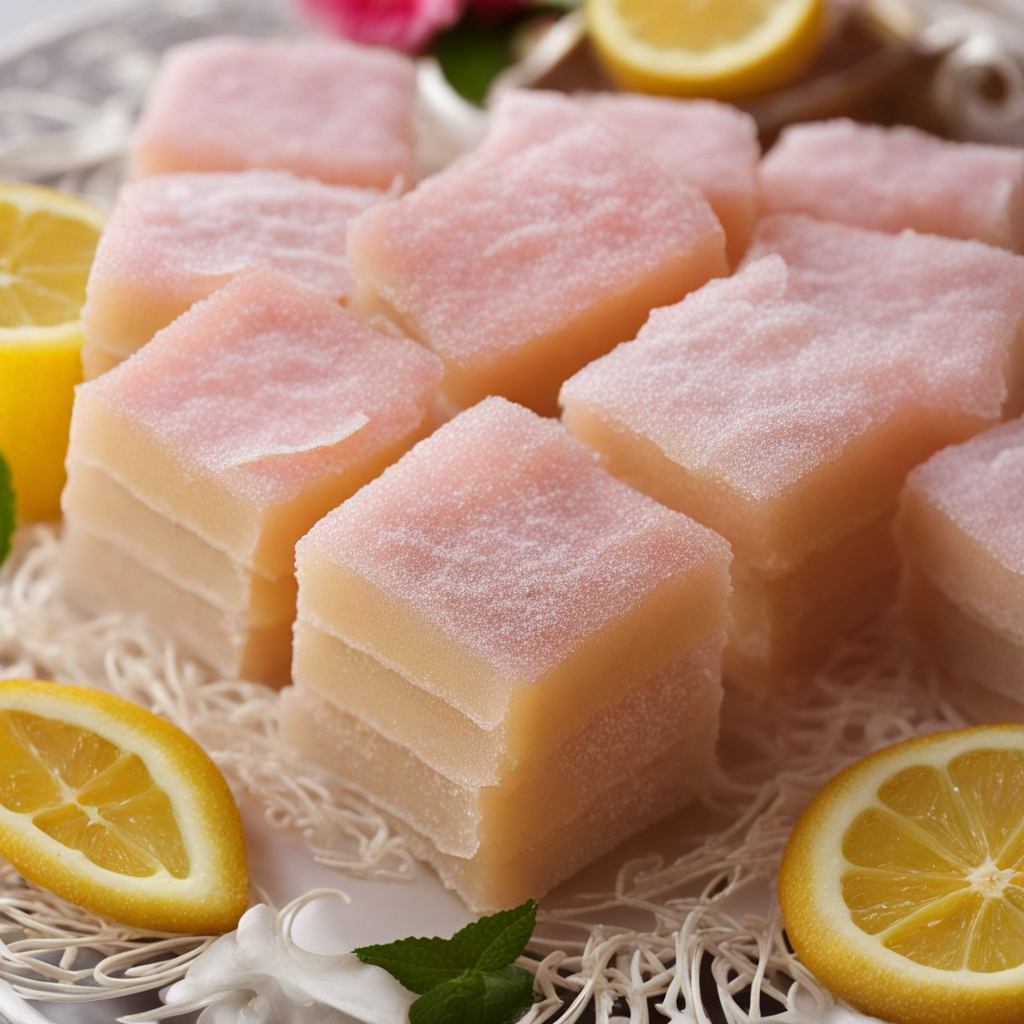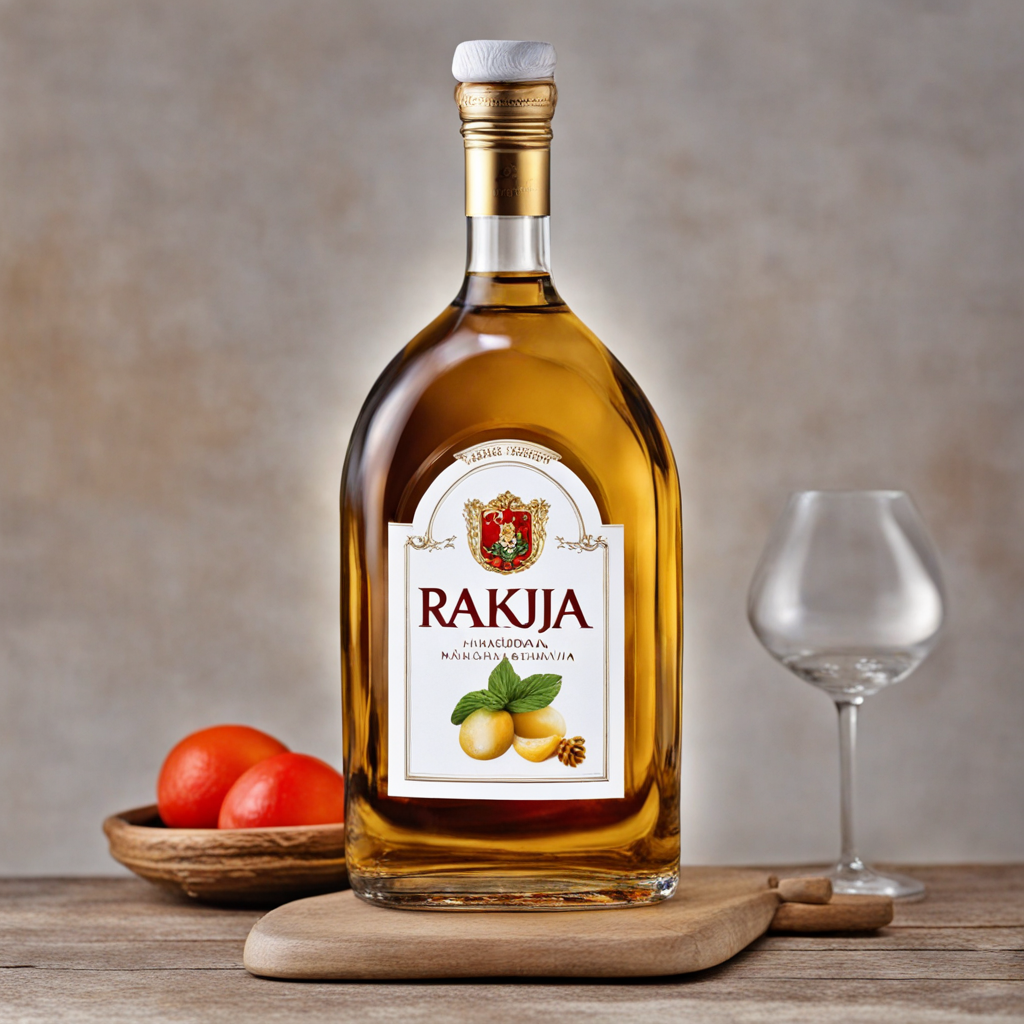Ajvar
Ajvar is a vibrant and flavorful condiment originating from North Macedonia, celebrated for its rich taste and versatility. This spread is made primarily from roasted red peppers, which are charred to enhance their natural sweetness and smoky flavor. The peppers are then peeled and blended with a mix of ingredients such as garlic, eggplant, and various spices, resulting in a luscious, thick paste that can range from mild to spicy, depending on the recipe. The bright red color of ajvar not only makes it visually appealing but also indicates the depth of its flavor, which is both savory and slightly tangy, evoking the essence of Mediterranean cuisine. Traditionally, ajvar is prepared in the late summer and fall when bell peppers are at their peak ripeness. Families often gather to make large batches, turning the process into a communal event filled with laughter and stories. Once jarred, ajvar can be enjoyed year-round, making it a cherished staple in North Macedonian households. It can be used as a spread on bread, a dip for vegetables, or a flavorful addition to grilled meats, enhancing any dish with its unique taste. The experience of tasting ajvar is akin to savoring a piece of North Macedonian culture, where food is not just nourishment but a source of connection and heritage. In addition to its culinary uses, ajvar is also praised for its health benefits. Made primarily from vegetables, it is low in calories and high in vitamins, particularly vitamin C from the peppers. This makes it a guilt-free addition to meals, promoting a balanced diet. For those looking to explore global flavors, ajvar offers a delightful departure from more common condiments, inviting you to experience a taste of North Macedonia that is both simple and sophisticated. Whether you are spreading it on a sandwich or serving it alongside a cheese platter, ajvar is sure to impress with its bold flavors and delightful texture.
How It Became This Dish
A Journey Through the History of Ајвар: The Beloved Pepper Spread of North Macedonia Nestled in the heart of the Balkan Peninsula, North Macedonia boasts a rich tapestry of culinary traditions, one of the most celebrated being ajvar (Ајвар). This vibrant pepper-based condiment is not just a staple in Macedonian households but also a symbol of cultural identity, regional pride, and a testament to the communal spirit of its people. The history of ajvar is woven into the very fabric of North Macedonia’s agricultural practices, social customs, and historical events. Origins: The Birth of Ajvar Ajvar's roots can be traced back to the Ottoman Empire, where bell peppers and eggplants were cultivated extensively. The word "ajvar" itself is derived from the Turkish word "havyar," which means caviar, reflecting the condiment's esteemed status as the "caviar of the poor." This etymology highlights the duality of ajvar: it is a humble dish that can transform into a luxurious delight. The preparation of ajvar traditionally begins in late summer and early autumn when red bell peppers are at their peak ripeness. Families gather to harvest and roast the peppers, a community event that often involves laughter, storytelling, and the sharing of recipes. The smoky aroma of roasted peppers fills the air, evoking a sense of nostalgia for many Macedonians. Cultural Significance: More Than Just a Spread Ajvar is deeply embedded in Macedonian culture and is often served as an appetizer, condiment, or side dish. It accompanies various dishes, from grilled meats to bread, and is a staple during festive occasions and family gatherings. The spread is not only a culinary delight but also a symbol of hospitality; offering ajvar to guests is a gesture of warmth and generosity. In North Macedonia, ajvar has become synonymous with the notion of “preserving” food, reflecting a time-honored tradition of canning and preserving the bounties of the harvest. The preparation of ajvar often leads to the creation of larger batches, which are then jarred and shared among family and friends. This communal aspect of ajvar-making fosters connections and reinforces the bonds of kinship, making it an integral part of social life. The Process: Crafting Ajvar The traditional process of making ajvar is labor-intensive, requiring skill and patience. The primary ingredients are roasted red bell peppers, eggplants, garlic, and oil, with variations including spices like chili peppers or vinegar. The roasting of the peppers is a crucial step, imparting a distinct smoky flavor that characterizes ajvar. Once roasted, the peppers are peeled, seeds removed, and then finely ground or mashed. The mixture is then cooked slowly, allowing the flavors to meld and develop. The addition of oil enhances the spread's richness, while garlic adds depth. Some families have their own secret ingredients or methods, passed down through generations, making each batch unique. Evolution Over Time: From Tradition to Modernity As with many traditional foods, ajvar has undergone significant transformations over the years. While the classic recipe remains beloved, the rise of globalization and changing consumer habits have influenced its production and consumption. Industrial food production has led to the commercialization of ajvar, with many brands now available in supermarkets worldwide. This shift has made ajvar more accessible, but it raises questions about authenticity and the preservation of traditional recipes. In recent years, there has been a revival of artisanal and homemade ajvar, as people increasingly seek authentic experiences and flavors. Farmers’ markets and local festivals celebrate the craft of ajvar-making, showcasing regional variations and traditional methods. This renaissance reflects a broader trend in the culinary world, where consumers are prioritizing sustainability, local ingredients, and traditional preparation methods. Regional Variations: Ajvar Across the Balkans While ajvar is most closely associated with North Macedonia, its popularity extends throughout the Balkans, with each country adding its unique twist. In Serbia, for instance, ajvar is typically spicier and may include additional ingredients such as chili peppers. In Bulgaria, it is often referred to as "lyutenitsa," which incorporates tomatoes, giving it a slightly different flavor profile. These regional variations highlight the shared culinary heritage of the Balkans, shaped by historical interactions, cultural exchanges, and agricultural practices. Despite these differences, ajvar remains a beloved dish, uniting people across borders in their appreciation for this rich and flavorful spread. The Global Spread of Ajvar In recent decades, ajvar has made its way beyond the borders of the Balkans, gaining popularity among food enthusiasts worldwide. As people become more curious about global cuisines, ajvar has found its place on international tables, often featured in gourmet recipes, fusion dishes, or as a trendy appetizer at restaurants. The global fascination with ajvar reflects a broader interest in traditional foods and artisanal products, as more consumers seek to connect with the stories behind what they eat. Social media platforms have also played a crucial role in elevating ajvar’s profile, with food bloggers and influencers showcasing its versatility and vibrant colors. Conclusion: Ajvar as a Cultural Legacy Ajvar is more than just a condiment; it is a culinary legacy that encapsulates the spirit of North Macedonia and the Balkans. Its preparation embodies the values of community, tradition, and resilience, making it a cherished part of the region’s cultural identity. As ajvar continues to evolve, bridging the gap between tradition and modernity, it serves as a reminder of the importance of preserving culinary heritage and celebrating the flavors that connect us all. Whether enjoyed at a family gathering, a festive celebration, or discovered in a distant land, ajvar remains a symbol of warmth, hospitality, and the enduring power of food to bring people together. As it spreads across the globe, ajvar invites everyone to savor its rich history and vibrant flavors, one spread at a time.
You may like
Discover local flavors from North Macedonia


